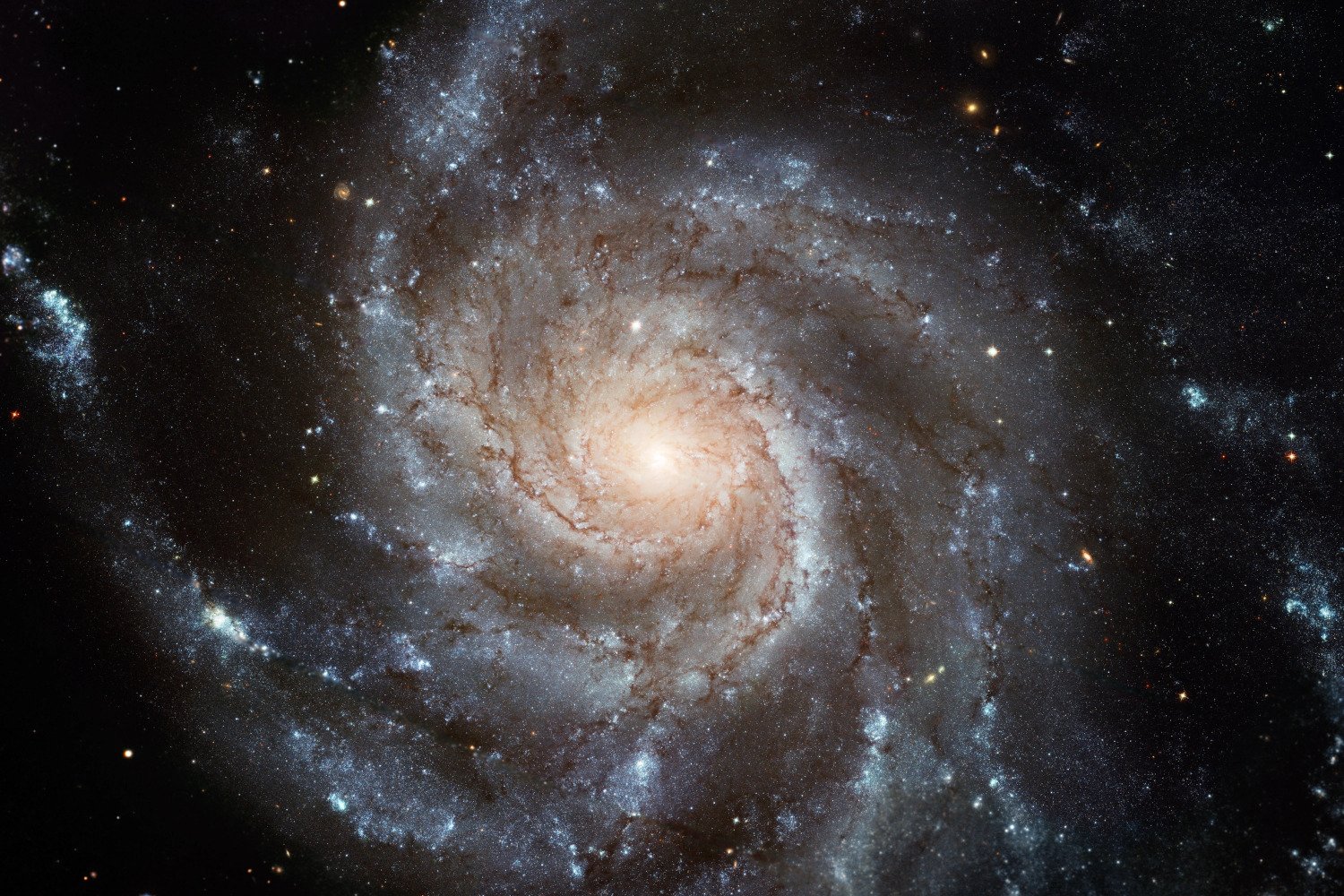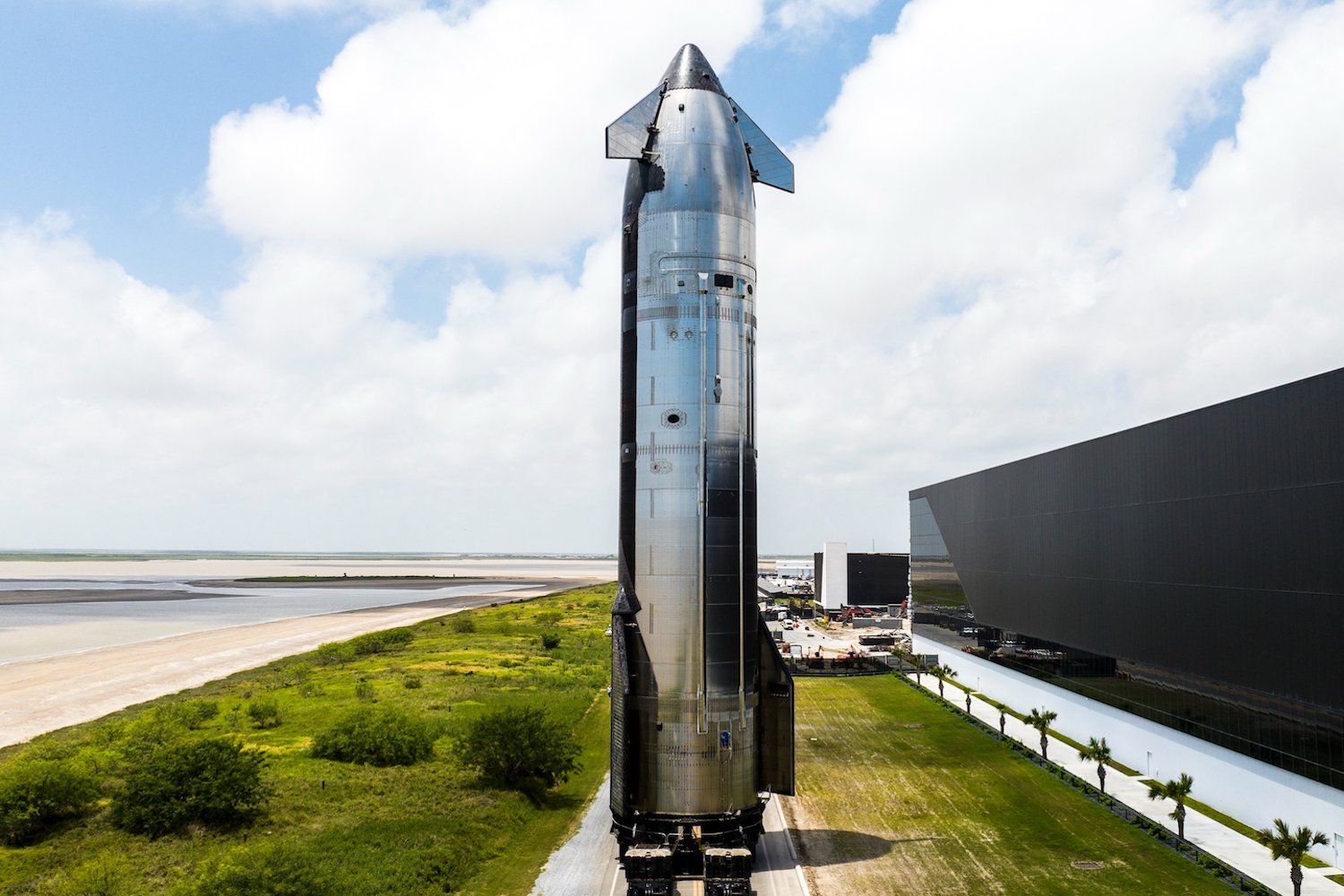SpaceX’s ambitious Starship rocket is poised for its ninth test flight, potentially launching as soon as Tuesday, May 27, following crucial clearance from the Federal Aviation Administration (FAA) received this week. This upcoming flight of the heavy-lift vehicle is pivotal for SpaceX’s long-term goals, including Mars colonization, and serves as an essential element of NASA’s Artemis Moon missions. Heightened attention surrounds this launch, especially considering the problematic outcomes of the two preceding test flights.
A Look Back: Challenges in Previous Starship Tests
The path to Starship’s operational readiness has faced significant hurdles, particularly evident in its recent test flights. The seventh test flight, conducted in January, concluded prematurely when Starship’s upper stage catastrophically failed and exploded approximately eight-and-a-half minutes post-launch.
A similar outcome befell the eighth test flight in March. While the Super Heavy booster performed admirably, with a successful catch by the 400-foot-tall Mechazilla tower’s “chopstick” arms, the upper stage encountered critical issues. Towards the end of its ascent burn, a cascade failure saw six of its nine Raptor engines shut down, causing the vehicle to lose stability and enter an uncontrolled tumble. Communication with the Starship vehicle was lost nine minutes into the flight, followed shortly by its self-destruction.
These incidents underscored the complexities of developing such an advanced launch system.
FAA Review and SpaceX’s Corrective Actions
Following the Flight 8 mishap, the Federal Aviation Administration initiated a thorough safety review of the Starship program. This week, the FAA announced its conclusion, stating, “The FAA conducted a comprehensive safety review of the SpaceX Starship Flight 8 mishap and determined that the company has satisfactorily addressed the causes of the mishap, and therefore, the Starship vehicle can return to flight.” The agency further noted, “The FAA will verify SpaceX implements all corrective actions.”
SpaceX has since detailed the issues and the implemented solutions. For the Super Heavy booster, although it returned to Mechazilla, one engine failed to ignite during the boostback burn. SpaceX identified the probable cause as overheating of the engine’s ignition device and has mitigated this by adding more insulation.
The critical failure of Starship’s upper stage was attributed to a hardware issue in one of its center Raptor engines, leading to an unforeseen propellant ignition. To address this, SpaceX undertook extensive ground testing and implemented several key engineering fixes. These modifications include tightening crucial joints, introducing a new nitrogen purge system, and enhancing the propellant drain system. [internal_links] Furthermore, SpaceX highlighted its next-generation Raptor 3 engines, which are expected to incorporate additional reliability improvements stemming from the Flight 8 incident analysis.
FAA Conditions: Expanded Hazard Zone for Flight 9
While the FAA’s approval signals confidence in SpaceX’s corrective measures, it is accompanied by specific conditions. Notably, the agency has mandated an expansion of the launch hazard areas. These no-fly zones are crucial for preventing aircraft from entering potentially dangerous airspace during launch operations. This expansion for Starship Flight 9 is partly due to SpaceX’s plan to reuse a previously flown Super Heavy booster for the first time in a Starship flight.
The designated hazard area for the upcoming test flight will span approximately 1,600 nautical miles. It extends eastward from the Starbase launch facility in Texas, across the Straits of Florida, and encompasses regions including the Bahamas and Turks and Caicos. This represents a substantial increase from the 885 nautical mile hazard zone for the previous flight, a decision influenced by past disruptions; for instance, a prior Starship explosion impacted nearly 240 commercial flights.
Critical Juncture for SpaceX’s Starship Program
The upcoming ninth Starship test flight represents a crucial moment for SpaceX. With the program several months behind schedule due to successive failures, all eyes will be on this launch as the company endeavors to steer its ambitious Starship development back on course. Whether Flight 9 culminates in another setback or achieves its objectives, the outcome will significantly impact the trajectory of SpaceX’s interplanetary aspirations and its role in future space exploration. Readers are encouraged to follow MaagX for further updates on this developing story.











